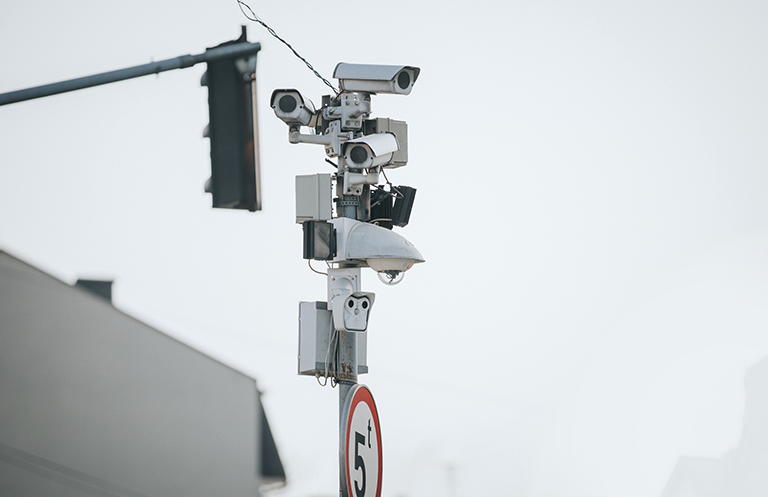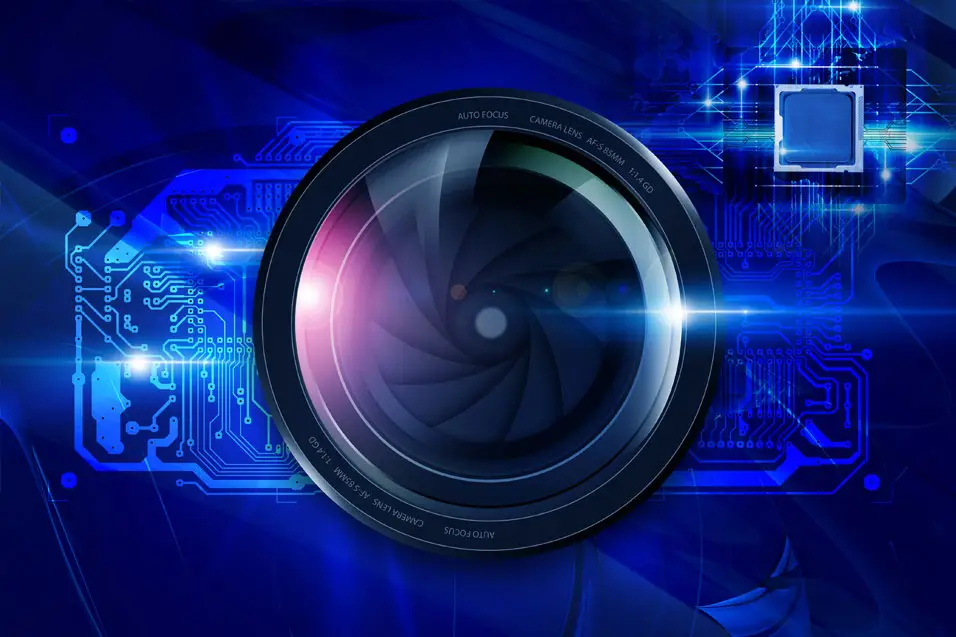Extended Reality (XR) technologies, including virtual reality (VR) and augmented reality (AR), are driving significant transformations across multiple dimensions of the healthcare sector. This includes applications in immersive education, surgical procedures, and innovative forms of treatment. The surge in investments in patient engagement, a growing emphasis on holistic treatment approaches, and the accelerated adoption of virtual healthcare post-pandemic have collectively fueled the demand for advanced tools like extended reality technologies. This surge is reshaping the experiences of both patients and healthcare providers.
What is Extended Reality?
Extended Reality is a comprehensive term covering technology-enhanced environments that blend the physical and virtual worlds or immerse users entirely in a virtual experience. Enabled by wearable devices and computer technology, Extended Reality includes the following technologies, along with potential future advancements:
Virtual Reality: Users experience complete immersion in a digital environment through wearable VR headsets or HMDs (head-mounted displays). VR can be designed for individual experiences or group interactions within the same virtual environment.
Augmented Reality: Digital content is superimposed onto the user’s physical surroundings in real-time, frequently achieved through smartphone applications or wearable glass devices. This content, which includes text, images, or video, serves to provide an additional layer of information about the real world.
Mixed Reality: Similar to AR, Mixed Reality overlays digital content via transparent wearable glasses. However, Mixed Reality goes further by enabling virtual objects to integrate and respond to the natural world in real-time. Leading technologies in this realm include Microsoft HoloLens (1 and 2) and Magic Leap, both supporting features like hand-tracking.
Role of Extended Reality in the Healthcare Sector
In the realm of healthcare, Extended Reality encompasses a range of technologies that either showcase virtual objects within the real environment through AR or create entirely virtual worlds for medical applications using head-mounted displays (HMDs). Particularly noteworthy is the use of EXTENDED REALITY in interventional procedures and surgical applications, where it facilitates the display of virtual medical images and patient-specific anatomical models. These models can be skillfully manipulated and annotated during preoperative planning, seamlessly integrating with the patient’s data for intraoperative navigation. This illustrates the diverse capabilities and groundbreaking innovation introduced by EXTENDED REALITY in the field of medicine.
Use Cases Of Extended Reality in Healthcare Technology
Extended Reality emerges as a transformative and empowering technology, contributing to the development of innovative healthcare products. Its impact is evident across the healthcare continuum, significantly enhancing experiences for both patients and providers. With applications ranging from the operating room to medical classrooms, and from pain management to mental health, Extended Reality is becoming increasingly integrated into various healthcare facets. . Experts estimate the market for augmented and virtual reality in healthcare could reach $ 19.6B by 2030.
Use cases highlight the active adoption of Extended Reality within the healthcare sector
Education and Training
Extended Reality provides an unparalleled medium for augmenting the learning experience for students in diverse disciplines. Medical and nursing students, for instance, engage in immersive VR simulations featuring virtual anatomical and physiological visualizations. In addition to its role in student education, healthcare professionals, including physicians and nurses, utilize Extended Reality to undergo training in medical procedures and enhance their interactions with patients through simulation-based learning. Lifelike patient simulations enable providers to practice decision-making in realistic, stressful scenarios, fostering hands-on, diverse experience with minimal risk.
Example: Extended Reality supports remote access teaching ward rounds, facilitating consistent access to high-quality teaching without the risks associated with physical tours, such as cross-contamination or patient confidentiality breaches.
Patient Education and Awareness
Extended Reality plays a dominant role not only in training healthcare professionals but also in patient education. Extended Reality-enabled educational tools assist surgeons in explaining surgical plans to patients, teach patients proper medical product usage, and visually present human anatomy or health conditions in immersive environments. This enhances patient understanding of their condition, clinical procedures, and the role played by specific medical interventions in solving their health issues.
Surgical Pre-operative Planning and Visualization
Extended Reality technologies are applied in the field of surgery, providing solutions for pre-operative planning and visualization. Surgeons globally leverage 3D reconstructions of CT and MRI scans, translating them into Extended Reality environments for more effective pre-operative planning. This enables surgeons to navigate complex patient anatomy, optimize positioning, and develop thorough surgical plans, ultimately improving surgical outcomes.
Example: Extended Reality tools transform 2D medical images into fully immersive 3D virtual models, enhancing surgical planning and training. During surgical procedures, surgeons have the capability to utilize Mixed Reality, overlaying reconstructed models of a patient’s anatomy, thereby enhancing both efficiency and precision. This application is truly cutting-edge, Johns Hopkins performed its first Augmented Reality surgery on live patients.
Conclusion
In conclusion, Extended Reality, including AR/VR, is already revolutionizing healthcare. Its applications span from education and training to patient awareness, and from surgical planning to tele-mentoring during challenging operations. Extended Reality is reshaping the healthcare landscape, making care more accessible, affordable, and technologically advanced, ultimately benefiting millions of individuals globally.
eInfochips offers Augmented Reality, Virtual Reality and Mixed Reality consulting, development and content creation services enabling consumers to break the boundaries of physical space and connect by combining our design thinking, system, AI and Extended Reality expertise.
To know more, Get in touch with us today!












